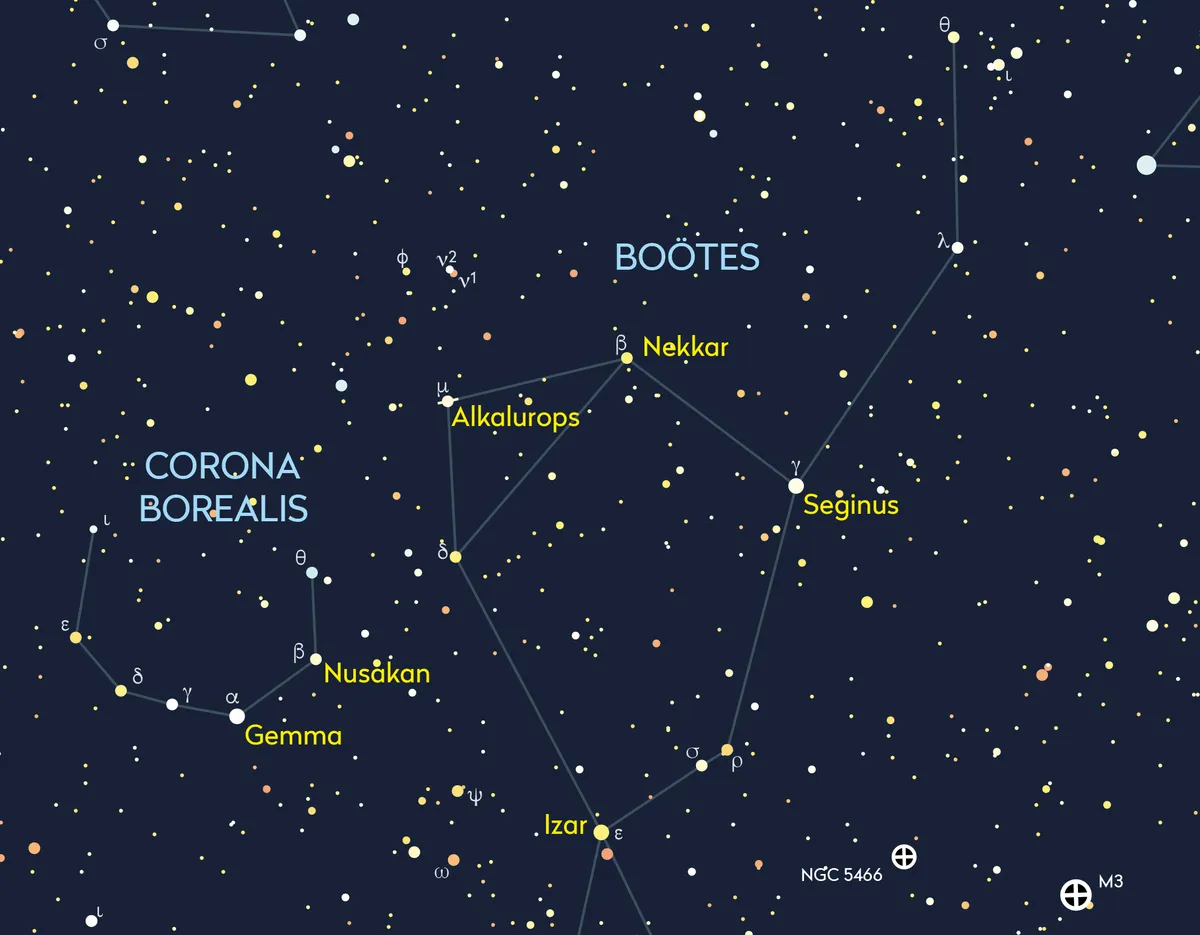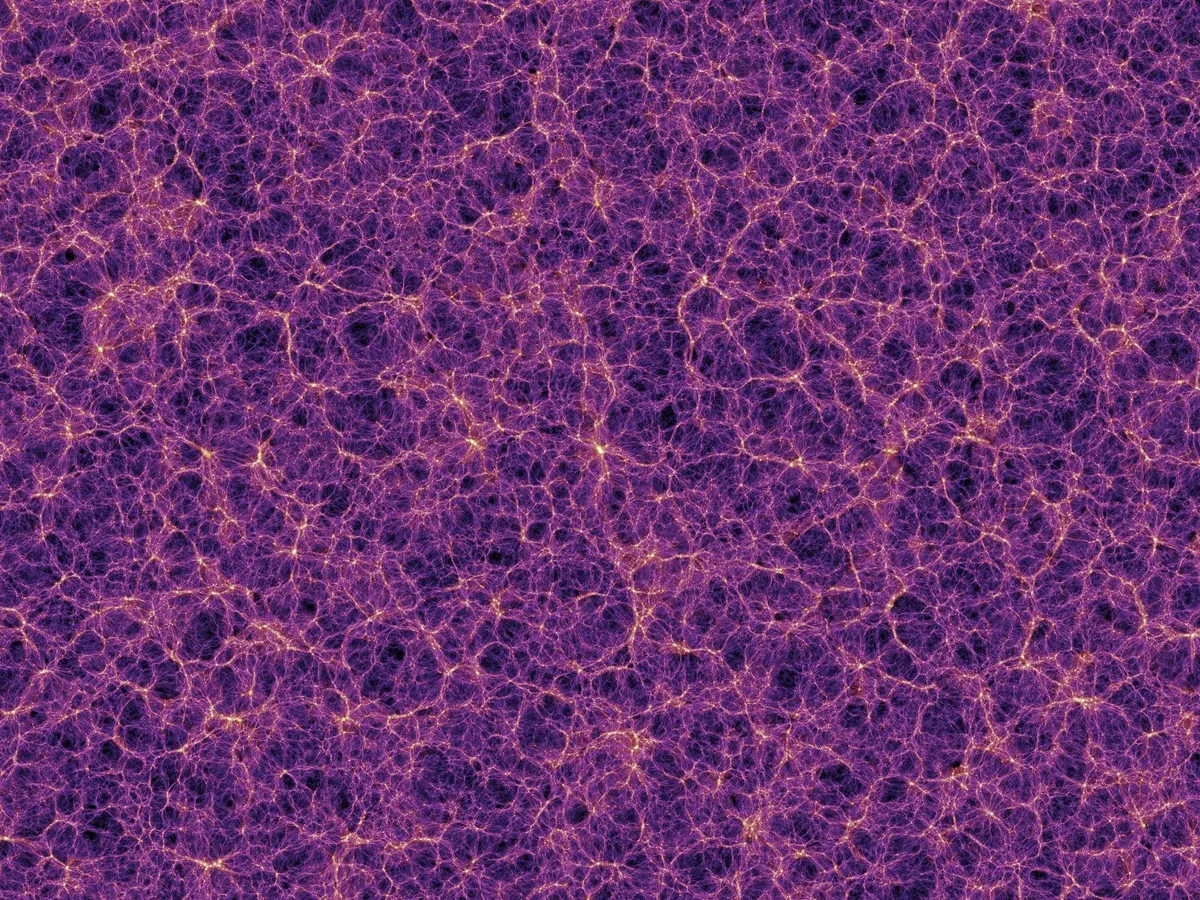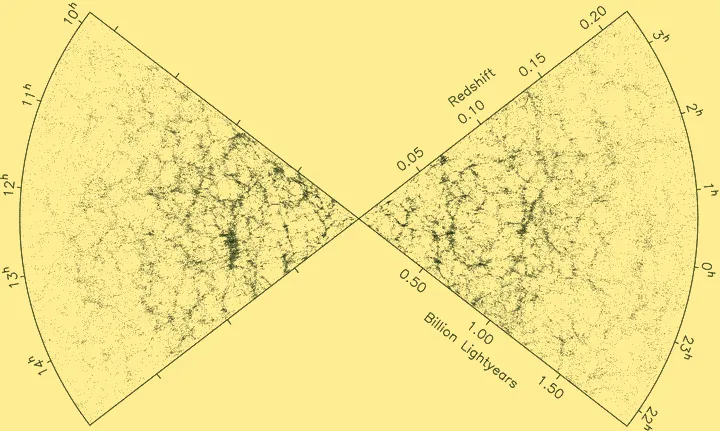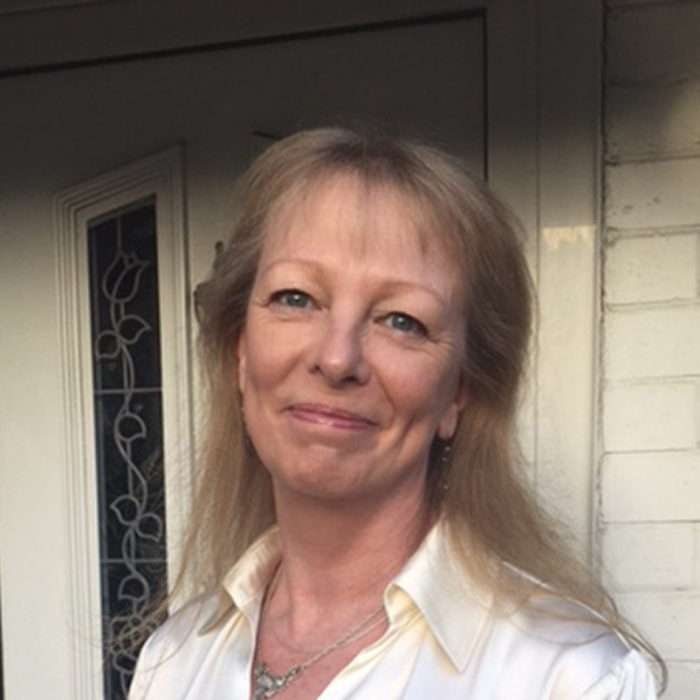There is a hole in our Universe!
There are in fact, many holes that we know of, they account for around 80% of the known Universe.
Our own Milky Way galaxy lies in a void called the KBC Void, or Local Hole. However, none is as big as the Boötes supervoid.
What is the Boötes Void?

Sometimes called 'The Great Nothing' or Great Void, the Boötes Void is a spherical area 700 lightyears from Earth in the constellation Boötes, the herdsman who pushes the plough in Ursa Major eternally around the polestar Polaris.
The Boötes void spans an area 330 million lightyears across but contains very few galaxies, making it the largest such void in the known Universe.
This huge expanse contains just 60 or so galaxies, all in a tube-shaped region that lies across the middle of the void.
We would normally expect there to be around 2,000 galaxies in an area of the same size.
It is surrounded by the Ursa Major, Shapley, Hercules, Corona-Borealis and Boötes superclusters.
Why is the Boötes Void so empty?
When the universe first formed, the matter it contained was densely packed and thought to be fairly uniform, but quantum fluctuations within caused some areas of matter to become slightly more densely packed.
Denser areas collapsed under gravity more rapidly, pulling more matter from the less dense areas.
As the Universe expanded, these small, dense areas grew with it and began to clump together to form galaxies, which also attracted each other, eventually forming a giant foam-like web of filaments across the universe.

These filaments and voids are the largest structures in the known Universe, formed by clusters and clots of galaxies as they converge.
The voids formed the gaps between them, like bubbles in foam.
Smaller bubbles merged to form larger voids. Together, voids and filaments dominate the overall structure of the Universe.
Filaments give off more energy, and so are hotter areas than the empty, colder voids.
Voids and superclusters were first identified in the mid 1970s when redshift surveys were used to map the universe in 3D.

Discovery
The Boötes Void was discovered in 1981 by the American astronomer Robert Kirshner from the University of Michigan.
During a survey of galaxy redshifts to create a 3D map of the universe, Kirshner and his team discovered a huge blank region.
The size of the void and the fact we know it does contain some, though very few, galaxies, rules out the possibility of the Boötes Void being a black hole.
Comparisons with Barnard 68 also rule out it being a dark nebula, which are molecular clouds so dense that they obscure visible light, masking the objects behind them.

What can the Boötes Void tell us about the Universe?
By studying the Boötes Void and other such structures, scientists can learn more about dark energy that drove their formation as the Universe expanded.
Voids are also great places to study neutrinos that freely stream across them.
It is hoped that missions like the Euclid satellite will be able to compare neutrino samples in voids with theoretical predictions to measure the sum of the masses of all species of neutrino.

